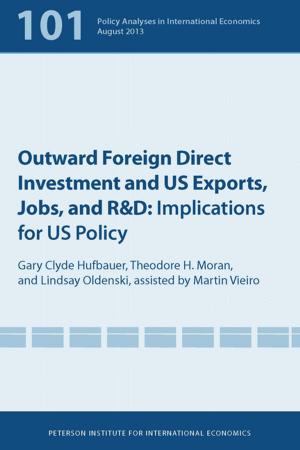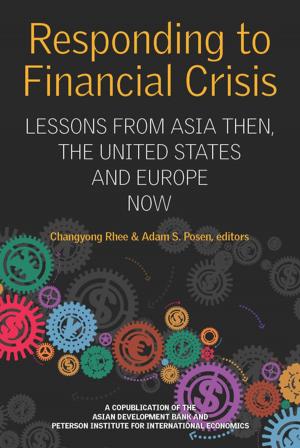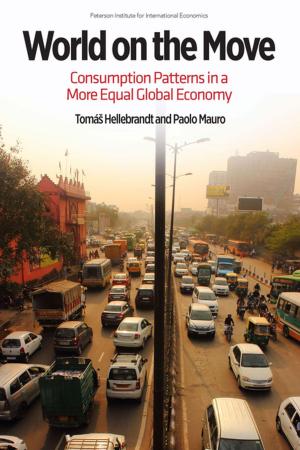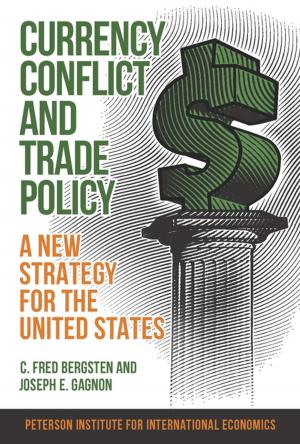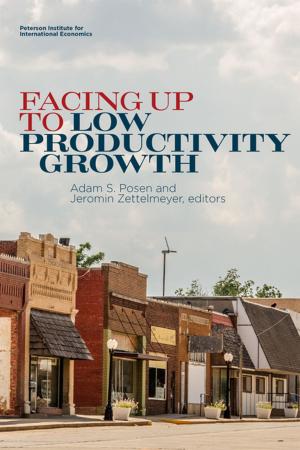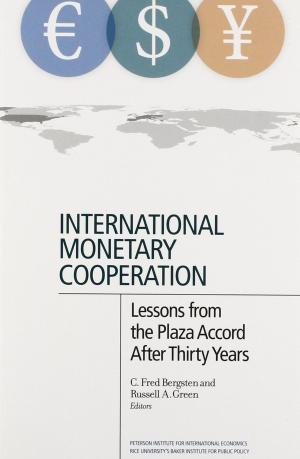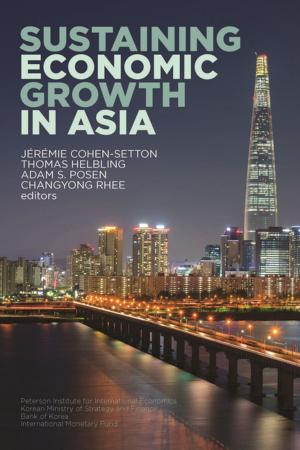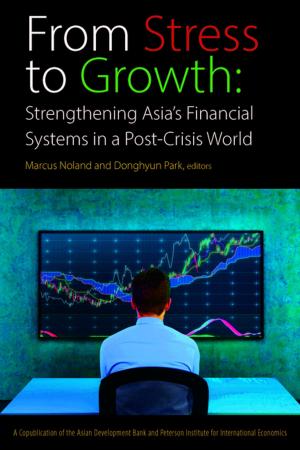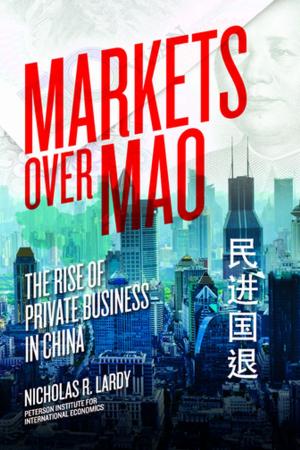Foreign Direct Investment in the United States
Benefits, Suspicions, and Risks with Special Attention to FDI from China
Business & Finance, Economics, International Economics, Nonfiction, Social & Cultural Studies, Political Science, Politics, Economic Policy, International, International Relations| Author: | Theodore Moran, Lindsay Oldenski, Edward Graham, Paul Krugman | ISBN: | 9780881326611 |
| Publisher: | Peterson Institute for International Economics | Publication: | November 15, 2012 |
| Imprint: | Peterson Institute for International Economics | Language: | English |
| Author: | Theodore Moran, Lindsay Oldenski, Edward Graham, Paul Krugman |
| ISBN: | 9780881326611 |
| Publisher: | Peterson Institute for International Economics |
| Publication: | November 15, 2012 |
| Imprint: | Peterson Institute for International Economics |
| Language: | English |
Americans have long been ambivalent toward foreign direct investment in the United States. Foreign multinational corporations may be a source of capital, technology, and jobs. But what are the implications for US workers, firms, communities, and consumers as the United States remains the most popular destination for foreign multinational investment?
Theodore H. Moran and Lindsay Oldenski find that foreign multinational firms that invest in the United States are, alongside US-headquartered American multinationals, the most productive and highest-paying segment of the US economy. These firms conduct more research and development, provide more value added to US domestic inputs, and export more goods and services than other firms in the US economy. The superior technology and management techniques they employ spill over horizontally and vertically to improve the performance of local firms and workers. As the United States wants not only to expand employment but also create well-paying jobs that reverse the falling earnings that many US workers and middle class families have suffered in recent decades, it is more important than ever to enhance the United States as a destination for multinational investors.
Americans have long been ambivalent toward foreign direct investment in the United States. Foreign multinational corporations may be a source of capital, technology, and jobs. But what are the implications for US workers, firms, communities, and consumers as the United States remains the most popular destination for foreign multinational investment?
Theodore H. Moran and Lindsay Oldenski find that foreign multinational firms that invest in the United States are, alongside US-headquartered American multinationals, the most productive and highest-paying segment of the US economy. These firms conduct more research and development, provide more value added to US domestic inputs, and export more goods and services than other firms in the US economy. The superior technology and management techniques they employ spill over horizontally and vertically to improve the performance of local firms and workers. As the United States wants not only to expand employment but also create well-paying jobs that reverse the falling earnings that many US workers and middle class families have suffered in recent decades, it is more important than ever to enhance the United States as a destination for multinational investors.


